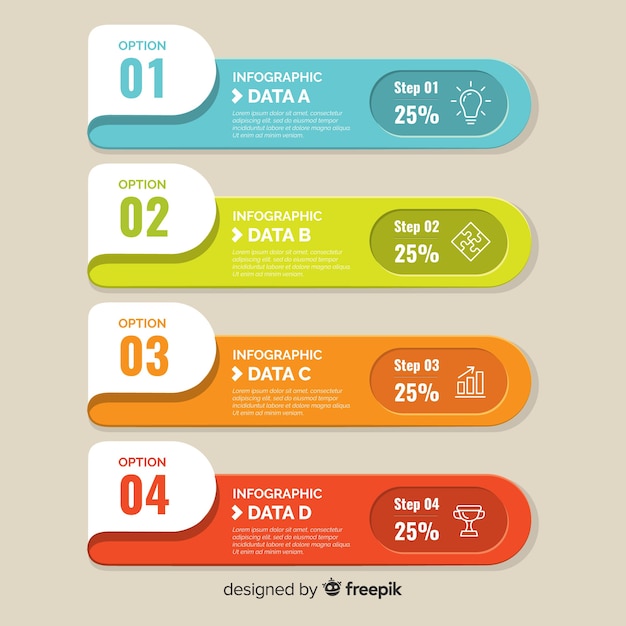Professional athletes are regularly looking for the next edge to improve efficiency. Massage therapy is one of the very best tools offered to achieve this goal.
The ideal strategies can reduce muscle rigidity, help healing and aid professional athletes train harder. Learn exactly how to utilize sporting activities massage as a part of your professional athlete's overall training and recuperation technique.
Foam Roller
Utilizing body weight to apply pressure to muscular tissues and "knots" (or set off points), foam rolling is a self-myofascial launch method that's an inexpensive choice to seeing a sporting activities massage therapy therapist. This self-massage device can help to minimize muscle tightness and soreness, in addition to quicken recovery after intense exercise.
Foam rollers are round tools that vary in dimension, shape and foam density. They're a preferred addition to training and healing regimens of athletes, weightlifters, runners, bikers, swimmers and various other physical fitness lovers.
Visualize your initial sports massage customer is an affordable swimmer. They will compete for their lifelong desire for going to the Olympics. They come to you with discrepancies and muscle mass rigidity brought on by extreme training. Your knowledge and skill are going to be essential in helping them reach their goals. Offering a wonderful experience will keep them coming back and aid you build your company. Preferably, you need to have the ability to provide them with particular methods personalized for their sport.
Deep Tissue Massage
In a sport that calls for quick responses and specific activities, having solid joints and muscles is important. When these are tight, they can hamper motion and boost threat of injury.
Deep cells massage can help improve muscle mass feature and variety of activity, separate attachments or mark cells, and reduce pain by enhancing oxygen and nutrients in the area. It can also aid soothe stress and anxiety and stress in the muscular tissues, which might reduce general soreness.
For example, a study of a sports massage on the forearms of a pickleball player showed enhanced hold stamina and reduced lower arm pain, which subsequently brought about greater performance. However, the athlete ought to always be in communication with the therapist to guarantee that the massage is not uncomfortable. The therapist will change the pressure and technique as needed to keep the professional athlete secure, comfy and in optimum problem for sports efficiency. They must likewise be motivated to moisturize and eat well after the massage to advertise recuperation.
Trigger Factor Treatment
Trigger factors are knots of tight, strained muscle tissue. They create discomfort in the locations where they lie and likewise limit the variety of motion of surrounding muscular tissues. Trigger factor treatment uses hands-on pressure to the trigger points in order to open them and soothe stress. This is completed with myofascial release. Fascia is a sheath-like, coarse cells that encloses musculoskeletal structures. It is generally pliable and flexible, however with tension, injury, bad stance, and absence of hydration and sleep, the fascia can stiffen and restrict activity.
Over 80% of individuals will certainly experience the exact same pattern of pain referral from a solitary trigger factor, so it is easy for a massage therapist to identify precisely which muscles require therapy. The goal is to develop to the point where the muscle mass begins to shiver and launch the tension, but not overdo it so as not to create excessive discomfort. The intensity ought to be a "good hurt." Throughout the therapy, the massage specialist may use their fingers and thumbs to really feel the trigger factors.
Scrambling
Scrambling is a massage technique in which the muscle mass is grasped at the point of beginning and shaken delicately. It relaxes the muscle and it is declared to lower the stretch response.
Scrambling and other friction techniques are utilized to break down bonds in muscle mass cells. These adhesions take place as a result of muscular tissue fibers sticking together during the inflammatory healing procedure and they can avoid muscles from getting usually. By lowering bonds and increasing adaptability, sporting activities massage therapy assists professional athletes research on sports massage effectiveness execute at peak level and stay injury cost-free.
The physical effects of sporting activities massage therapy consist of boosted temperature, boosted flow and improved muscle recuperation and versatility. This combination of advantages makes sporting activities massage an important part of any professional athlete's training and recuperation program. It helps them plan for a competition or a huge occasion, aids in the recuperation after an event and enhances performance throughout training. Ideally, sporting activities massage need to be done at least a day or more before a large race to make sure that the muscles are totally recovered and ready to go.
